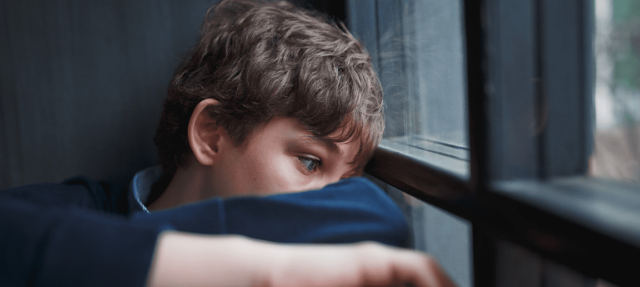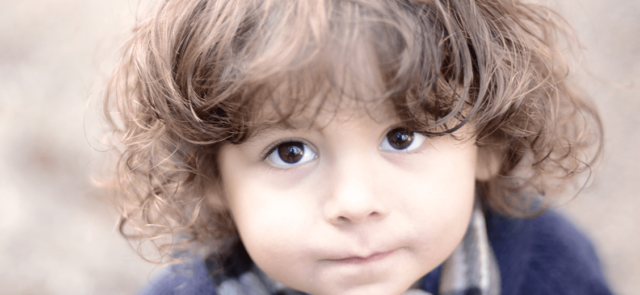Eating Disorder Treatment Today: Healthy Bodies Come First
Helping a patient get stable physically lays the foundation for emotional change
Clinical Expert: Douglas W. Bunnell, PhD, FAED, CEDS-S
en EspañolDouglas Bunnell, PhD, clinical director of the Monte Nido treatment center for eating disorders, discusses the latest thinking in intervention, and it begins with getting patients medically healthy—back to a stable weight. Then, the family needs to work together to provide the psychological stability that helps young people with eating disorders maintain that health.
Transcript:
The foundational first step in treatment is to really reestablish nutritional and medical stability, and that’s sort of code speak for helping patients gain weight if they’re significantly underweight or stop the binging and purging. Because we know that those symptoms in and of themselves dysregulate people’s physiology and dysregulate their emotional stability and so forth.
You really have to be careful not to make a lot of inferences about emotional state until you’ve really dealt with the nutritional and medical issues. So one of the things that’s happened in the past 10 years in the field is that we’ve shifted from seeing symptom change as something that will follow emotional development to symptom change really needing to be what proceeds and sets the stage for emotional development or recovery. And so the treatments that we see now as being evidence-based really for the most part function and focus on helping people make actual changes in their eating behavior first.
Even if the inside and the emotional sort of appreciation isn’t catching up right away, you need a healthy, well-fed brain in order to do effective psychotherapy. You think about psychotherapy being something where you’re looking for patterns and making connections and doing some abstract conceptual work around yourself, taking different perspectives about yourself, you can’t do that if you’re starving. And I think the field has really shifted to really appreciate that.
So you look at treatments that are really in the books now as evidence-based in the field, cognitive behavioral therapy particularly for bulimia nervosa, and family-based therapy or Maudsley therapy for teens with anorexia. One of the things they have in common is they’re really focused on making real changes in nutritional and eating symptoms right away. In some ways that’s the core of the whole approach, putting the family back in charge of helping the child usually restore weight and get healthy again. And really the premise for that is if you help your child do that, her natural development is going to take care of a lot of the other psychological aspects. So the real key to recovery is getting that nutritional and weight stability back online.
Was this article helpful?
Related Reading
-
 What Is an Eating Disorder and When to Worry
Signs that your teen might be on an unhealthy path
What Is an Eating Disorder and When to Worry
Signs that your teen might be on an unhealthy path
-
 What Are the Different Kinds of Eating Disorders?
How to recognize the most common ones
What Are the Different Kinds of Eating Disorders?
How to recognize the most common ones
-
 Family-Based Treatment for Eating Disorders
The parents’ role in helping children recover
Family-Based Treatment for Eating Disorders
The parents’ role in helping children recover
-
 Complete Guide to Substance Use + Mental Health
When children are struggling with both a substance use disorder and a mental health disorder,…
Complete Guide to Substance Use + Mental Health
When children are struggling with both a substance use disorder and a mental health disorder,…
-
 What Is Binge Eating Disorder?
And how does it affect children and teenagers?
What Is Binge Eating Disorder?
And how does it affect children and teenagers?
-
 What Is ARFID?
How to recognize (and treat) avoidant restrictive food intake disorder
What Is ARFID?
How to recognize (and treat) avoidant restrictive food intake disorder
-
 Boys and Eating Disorders
They don't fit the stereotype, and are often overlooked
Boys and Eating Disorders
They don't fit the stereotype, and are often overlooked
-
 What Is Atypical Anorexia Nervosa?
The patient has a pattern of obsessive, dangerous weight loss but is not underweight
What Is Atypical Anorexia Nervosa?
The patient has a pattern of obsessive, dangerous weight loss but is not underweight
-
 Signs a College Student May Have an Eating Disorder
What to look for if you are concerned about your child, or a friend
Signs a College Student May Have an Eating Disorder
What to look for if you are concerned about your child, or a friend
-
 Side Effects of ADHD Medication
What to look for, and how to handle them
Side Effects of ADHD Medication
What to look for, and how to handle them
-
 Complete Guide to Eating Disorders in College
The college years are when young women, and some men, are most at risk for…
Complete Guide to Eating Disorders in College
The college years are when young women, and some men, are most at risk for…
